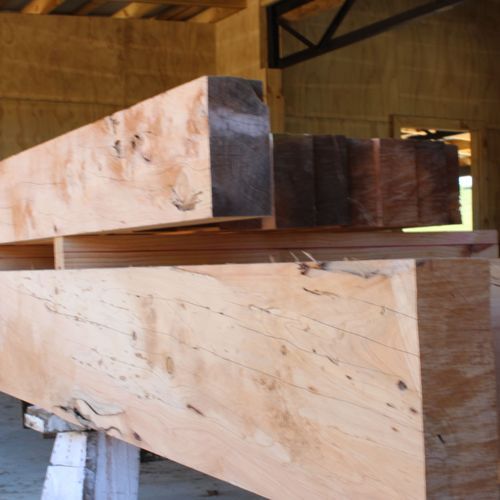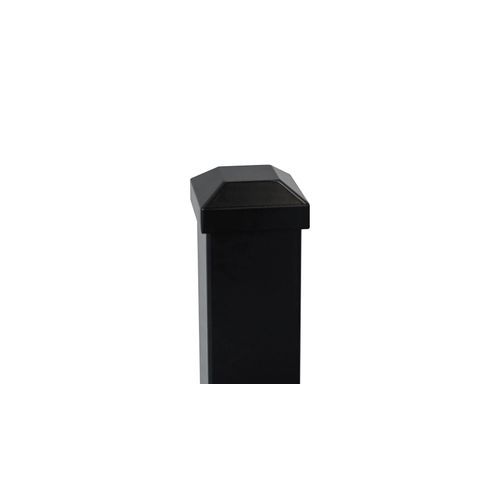Fence Posts
- Fence Posts are a necessity, a feature that ensures the stability and durability of the fence. They also define its style and visual appeal: timber posts offer a stylish, organic flair that makes the property feel welcoming. At ArchiPro, we curated a fine selection of wooden posts suitable for a broad range of fencing solutions.Why ArchiPro?
No more endless searching -
Everything you need, all in one place.Real projects, real experts -
Work with vetted architects, designers, and suppliers.Designed for New Zealand -
Projects, products, and professionals that meet local standards.From inspiration to reality -
Find your style and connect with the experts behind it.Start your Project
Start you project with a free account to unlock features designed to help you simplify your building project.
Learn MoreBecome a Pro
Showcase your business on ArchiPro and join industry leading brands showcasing their products and expertise.
Learn More










